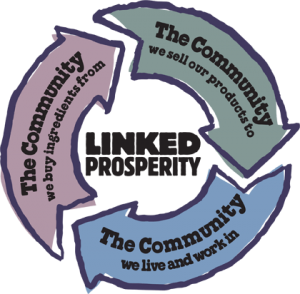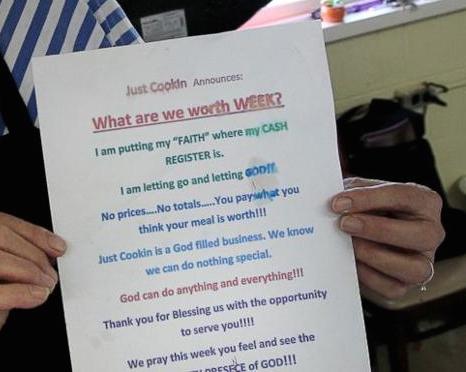In supermarkets, I always observe consumers participating in a careful procedure when selecting their produce. For example, at the oranges section, consumers thoroughly scanned the entire and all its dimensions to find the “perfect” candidates. Then, they would pick one up, toss it lightly, and feel its overall “weight” and the “thinness” of its skin. If all those standards were met, the orange earned a spot in the bag.
In response to Cecile Ouillet’s blog post The Success of the Inglorious Fruits and Vegetables, it is not criminal to pick the perfect fruit, although slightly selfish. Since consumers are fully entitled to spend their money based on goods they value most, I feel that consumers are justified to pick the items they believe are the best. Consumers choose specific goods because they believe their purchases will benefit them in some ways. This idea of “value” or “how much a good is worth” to a consumer brings us to the idea of consumer surplus. Increase in consumer surplus leads to an increase in total surplus and economic welfare; thus increasing efficiency overall which benefits society in general.
On the other hand, sustainability must not be forgotten. Aside from appearance, if the fruit or vegetable meets regulation and taste standards, I feel that consumers should consider “not to judge a book by its cover”. As global citizens, consumers need to take into consideration the immense amount of waste they would create if each consumer only picked the best when they made their decisions.








